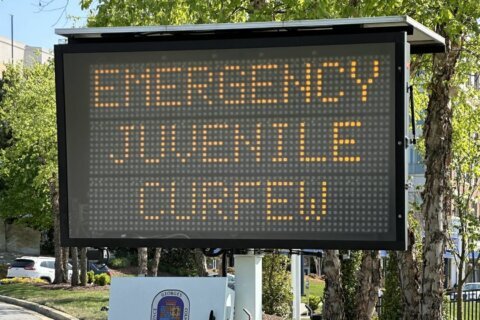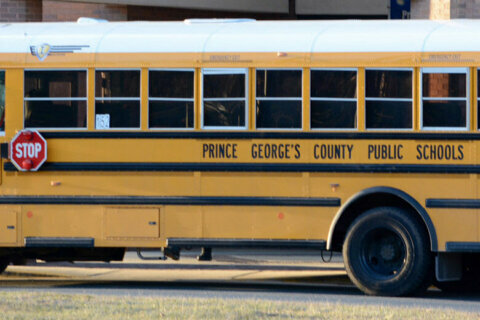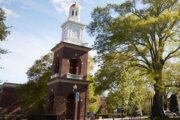More than two dozen pedestrians and bicyclists have died on Prince George’s County, Maryland, roads this year.
That’s partly why groups that advocate for safer, more multimodal streets are hailing a package of legislation titled the “Walkable Urban Streets Act” that’s moving through the Prince George’s County Council.
The legislation, backed by District 3 councilman Eric Olson, aims to change the way streets, sidewalks and bike lanes are constructed in the denser, busier parts of the county.
“We were a suburban county, and now we’re an urbanizing county, especially the closer-in areas,” Olson said after the legislation easily cleared the main council committee that oversees transportation and infrastructure. “We need to make sure that the roads and the sidewalks and the pedestrian accommodations are consistent with a more urban environment where people feel safe, where people can walk and not feel like they’re taking their life in their hands.”
If the legislation becomes law, it would apply to new developments around the county and, Olson hopes, lead to redesign and retrofitting of already heavily used, county-maintained roads.
“We’re going to make sure that we’re designing the roads for a 25 mph or lower speed,” said Olson. “You know, once you get over that speed, really bad things happen to pedestrians if they’re struck, or cyclists.”
The legislation won’t have any bearing on the numbered, state maintained roads that run through the county.
“You don’t want to have wide streets that are difficult to cross for pedestrians. You want areas where it feels safe to the pedestrian, it feels to the motorists like they should slow down,” Olson said. “Making sure that the corners are a little bit sharper so motorists have to come to a full stop before they turn and not fly through an intersection.”
He cited the roads around the redeveloping Largo area, including the one that runs right in front of the county’s main building, as examples of roads he’d consider for retrofitting.
“You see wide, wide streets, wide lane widths, and you see cars that are going too fast, too fast through here,” he said. “And so that needs to be addressed.”
But he also cited the entire Blue Line corridor redevelopment, which runs along Central Avenue from Largo to the D.C. line.
“Those roads need to be made to a standard that slows traffic, protects pedestrians and cyclists, and is the right road for all users,” Olson said.
All five members of the committee that oversees transportation and infrastructure voted for the measure.
“This has been a massive undertaking and I know it’s taken you a long time,” said Council member Jolene Ivey, who was among those voting yes. “I think it’s going to make us all safer … during these days when every day you open the paper or you turn on the news and there’s somebody who’s getting hurt or killed on the street. In this case not by gunfire, but by cars.”
Ivey also recounted the time she was hit by a car at the age of 3 as another reason why she felt so strongly about the issue.
“Those kind of things don’t have to happen,” she said.








